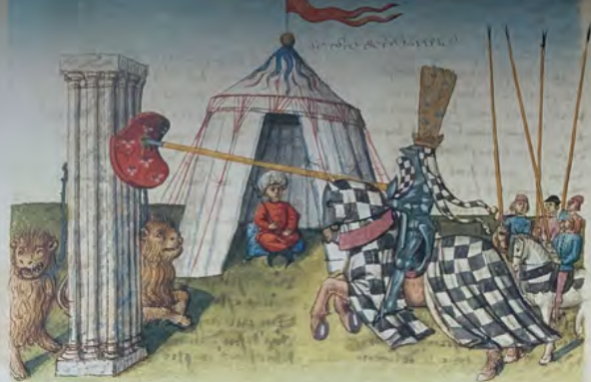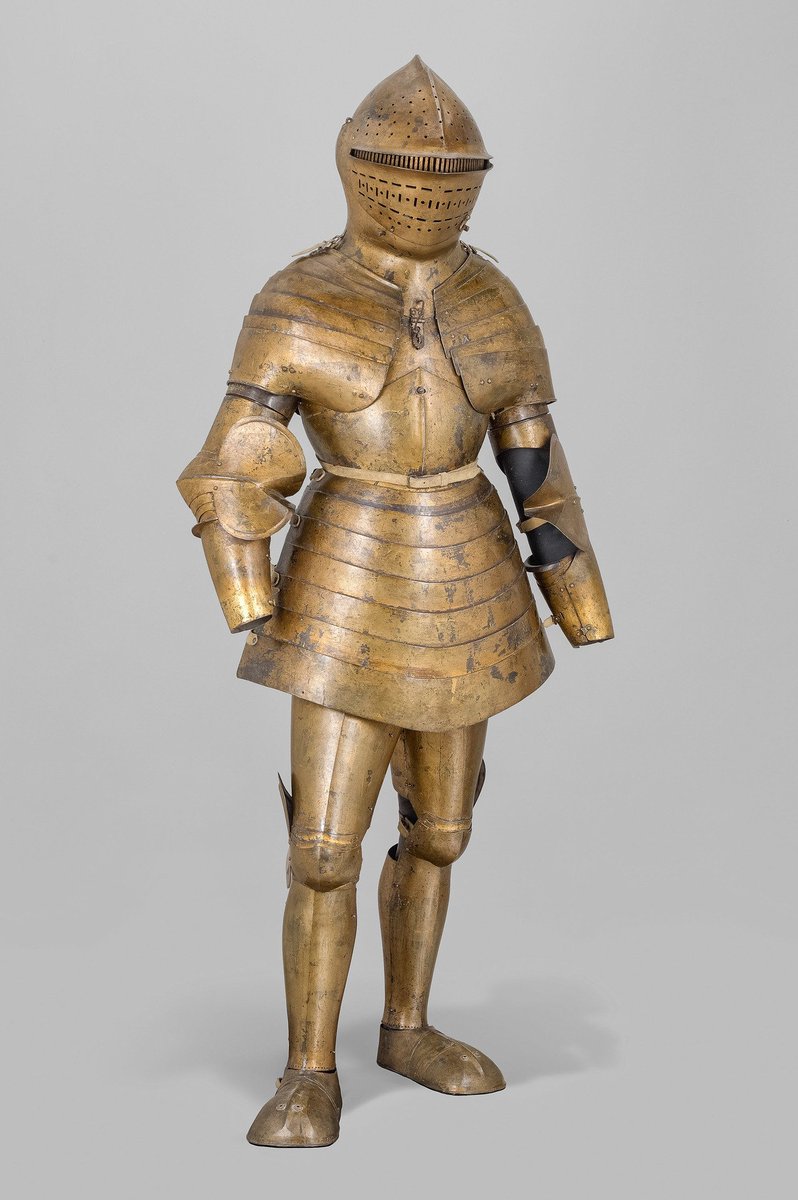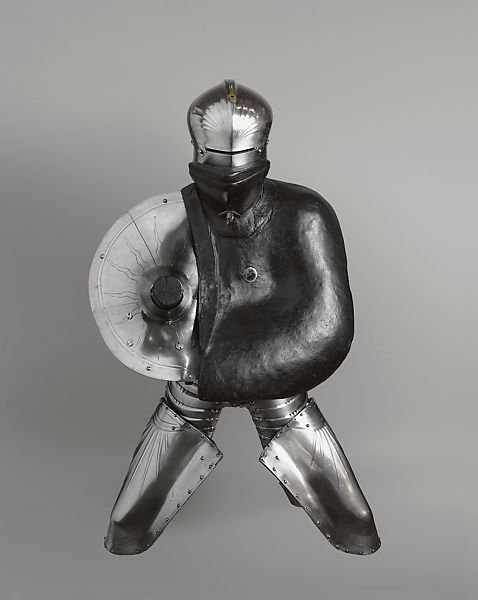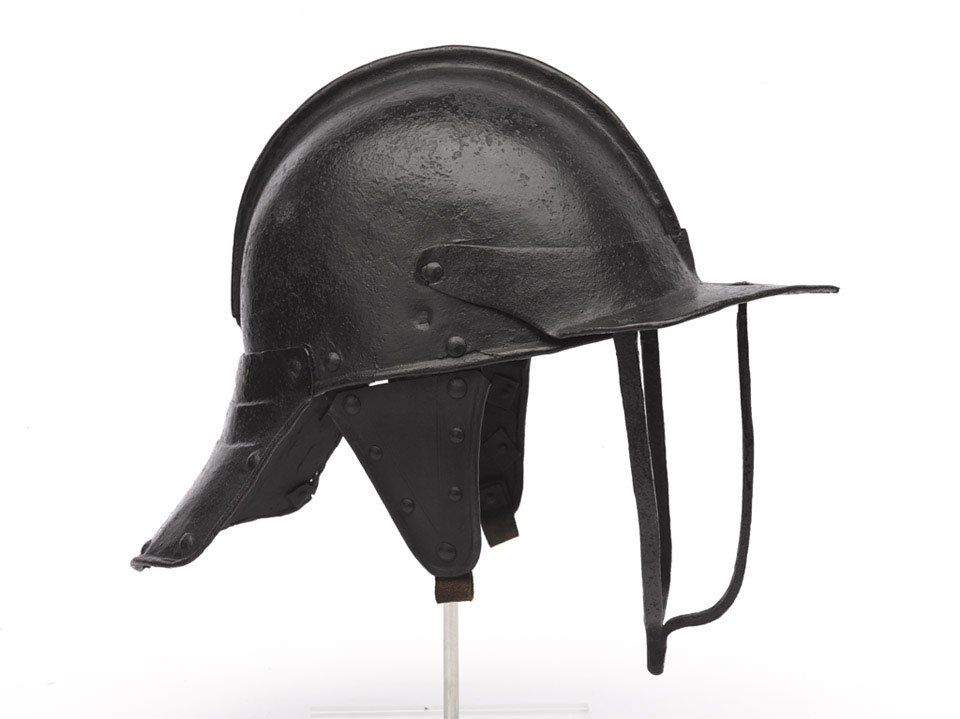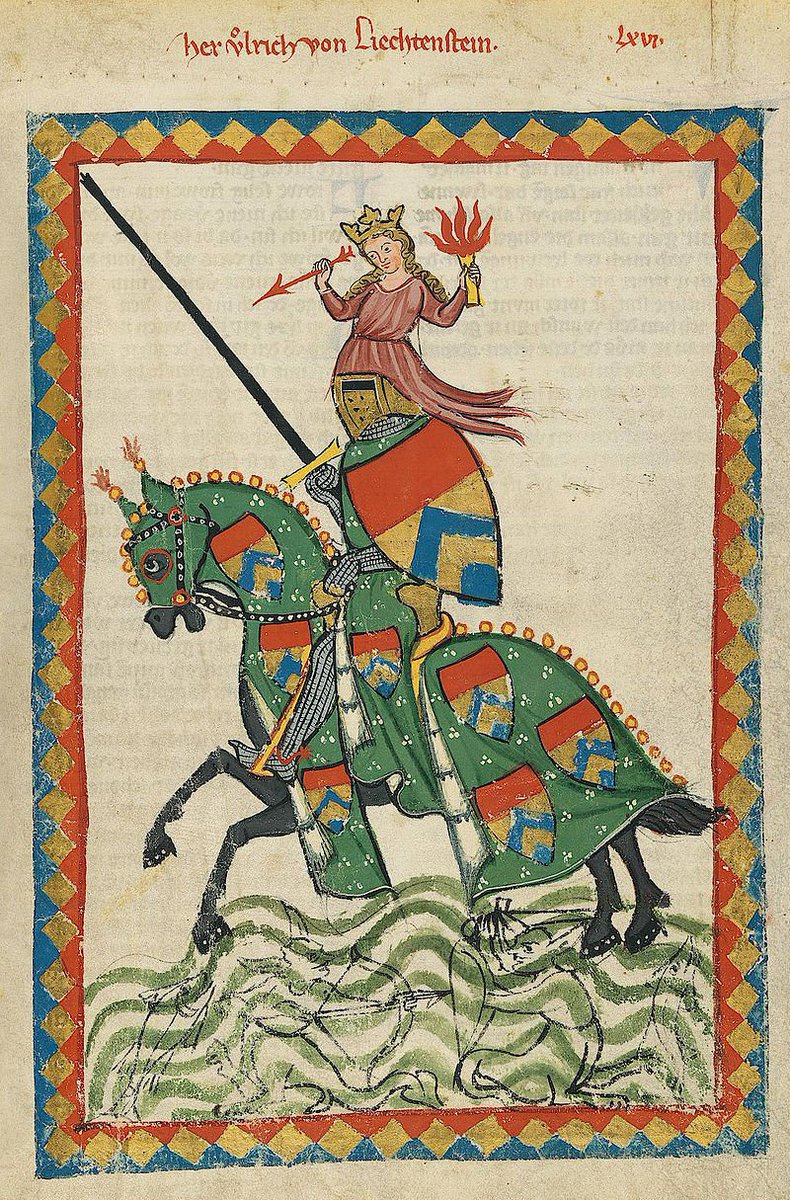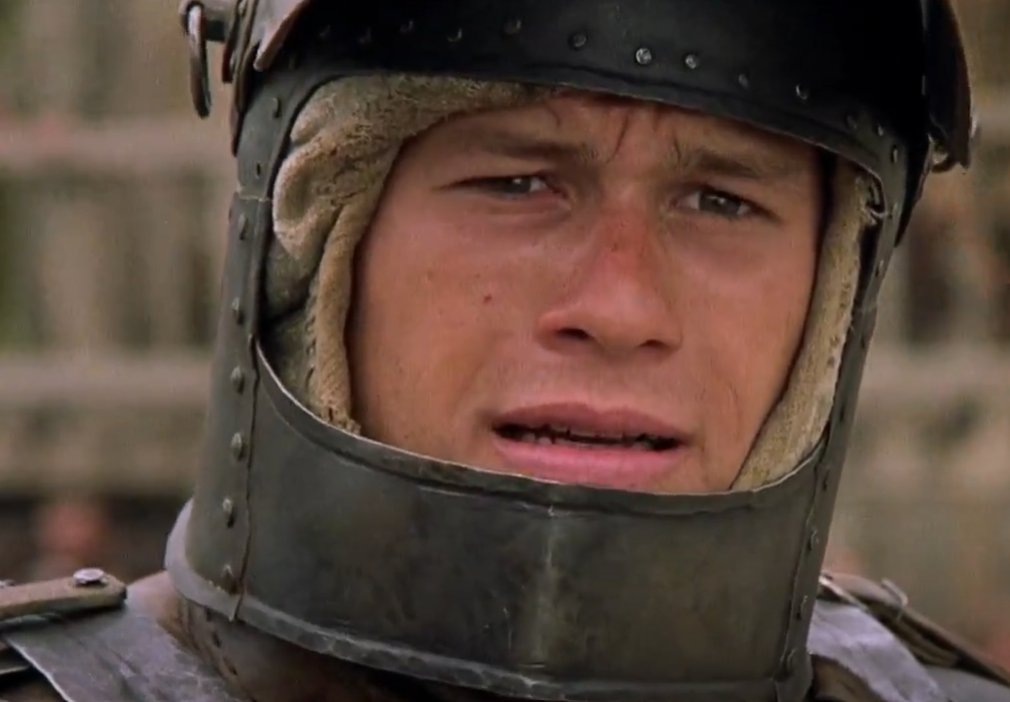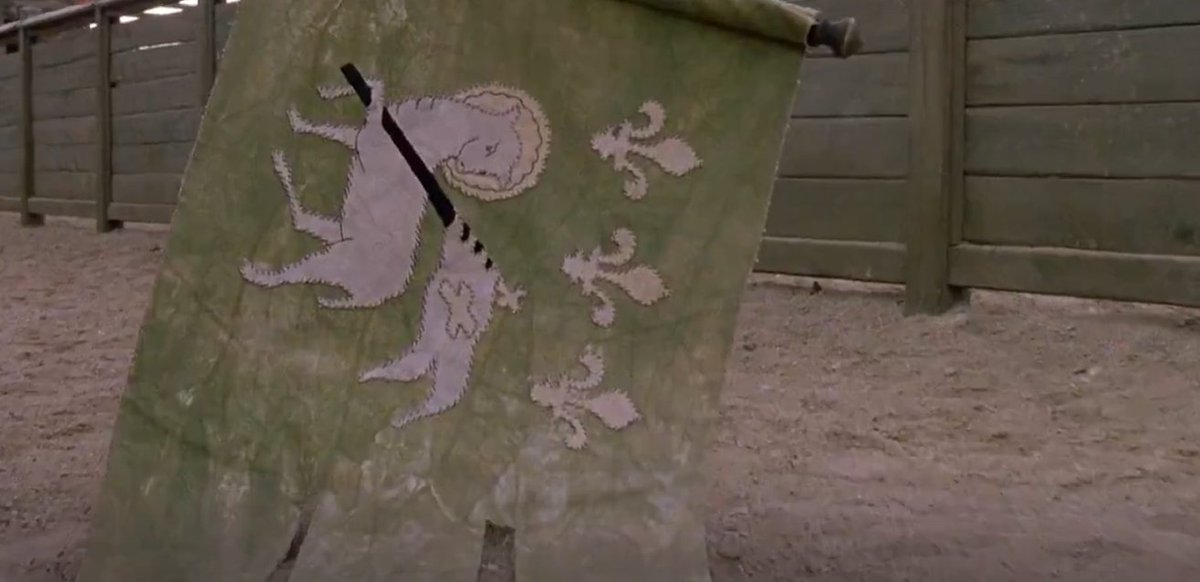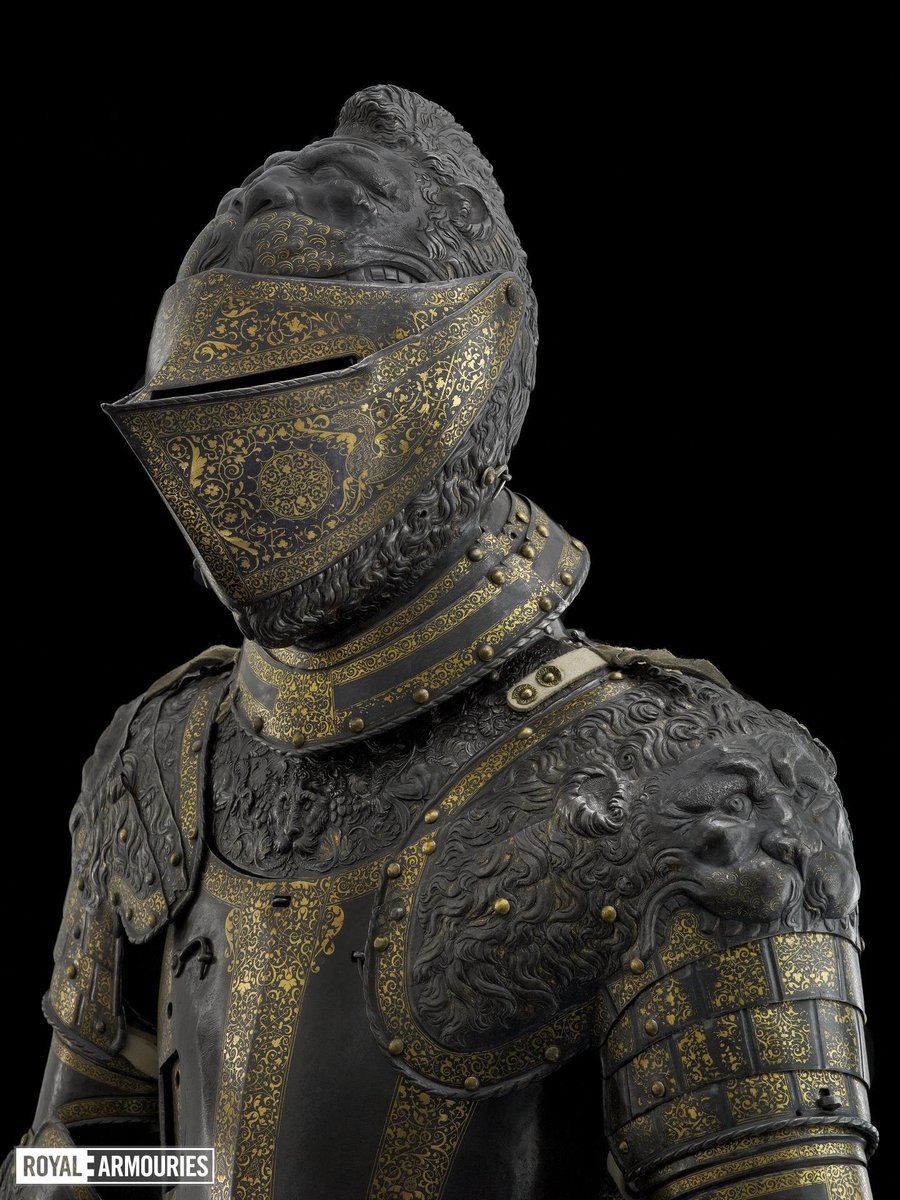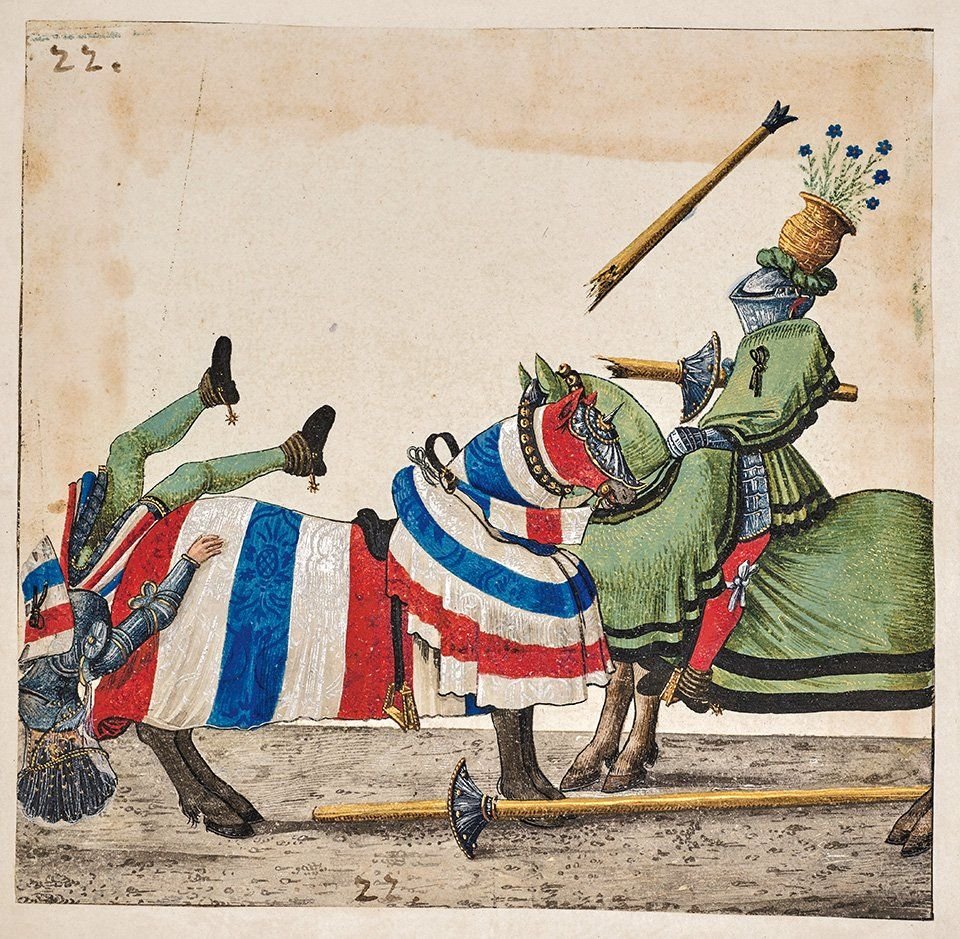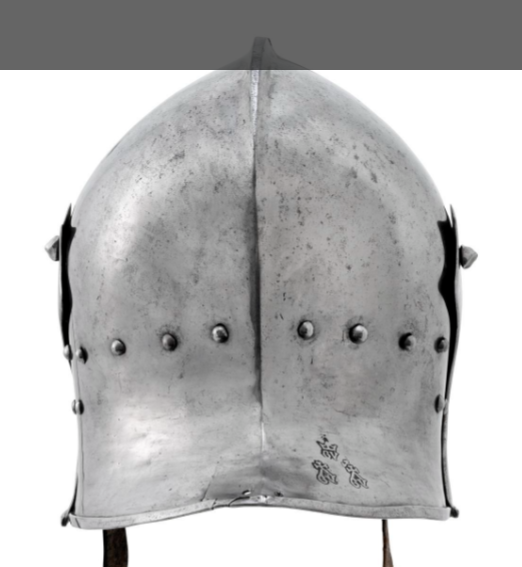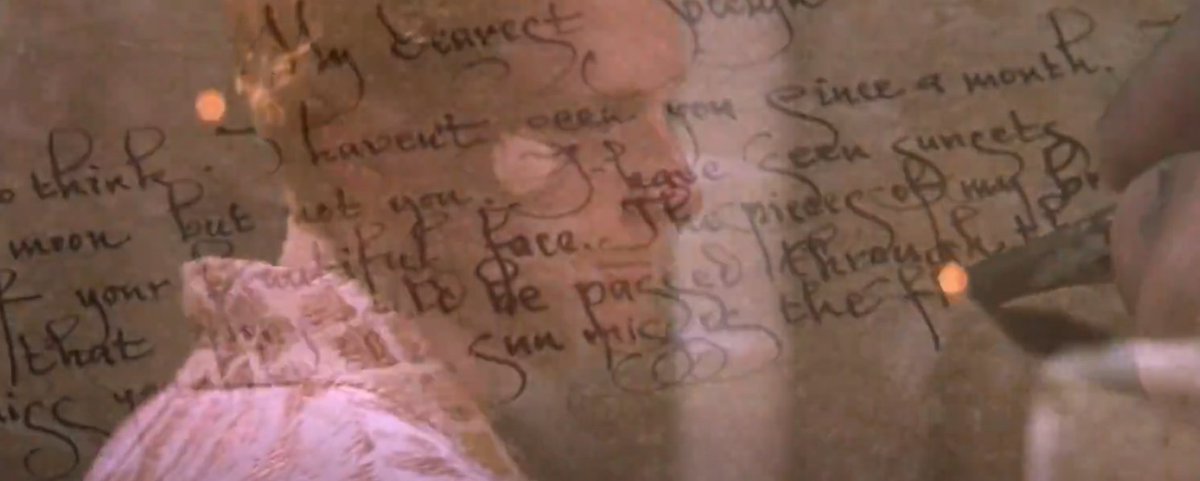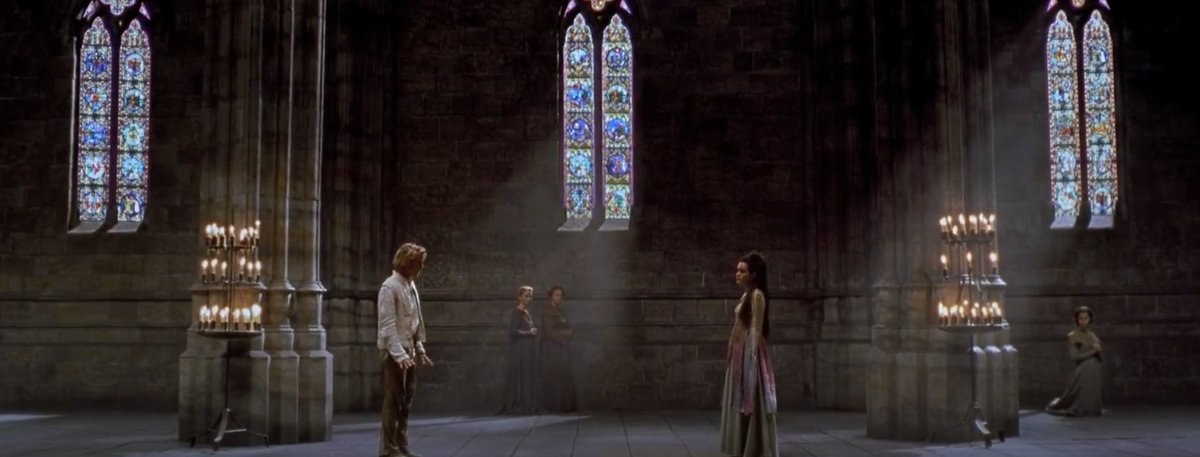As it& #39;s the twentieth anniversary of that most stellar of medieval films, A Knight& #39;s Tale, I& #39;ve decided to give it a rewatch. Trivia tweets are forthcoming in this thread, A PhD Student& #39;s Tale of A Knight& #39;s Tale.
Right off the bat I love how visually impressive it is when two knights break lances on each other in this film. How did they do that safely on film? By using hollow lances filled with uncooked spaghetti, of course.
Names are another thing that this film does wonderfully. Our eventual jousting champion, William, is named after William Marshal; a man widely regarded as one of the finest knights to have lived and who also partially forged his reputation through his tournament prowess.
William& #39;s friends, Roland and Watt, are also aptly named. The loyal and steadfast Roland, for instance, has as his namesake one of the most popular heroes in medieval literature who eventually sacrifices himself for his liege. Clutching at straws here? Probably, but I don& #39;t care.
We& #39;ll talk about the 70& #39;s soundtrack later, but we can all agree that We Will Rock You makes the introduction to this film perfect.
Fun fact: all of the jousting in this film takes place with a barrier, or tilt, separating the knights. This was actually a new innovation in the 1300s.
William, almost luckily, manages to avoid revealing his non-noble origins at the start of this film because of the dent in his helmet. This actually happened to his namesake, William Marshall.
And now for the obligatory training scene. We don& #39;t have many sources for how knights learned how to fight, but one account from the early 1400s describes one knight who exercised by climbing walls and the underside of ladders in his armour. Nothing about jousting wagons though.
Is the appearance of Chaucer in this film @Paul_Bettany& #39;s best work? Perhaps (yes).
One important aspect of the plot in this film is William acquiring forged patents of nobility. This was actually a thing - and several tournaments (particularly in late medieval Germany) did require sufficient proof of participants& #39; noble status.
Chaucer also bangs on these shields to show which events William is going to compete in. This too was a thing in late medieval & #39;pas d& #39;armes& #39;, but challengers would do this themselves, either to signal their challenge or additionally the choice of weapons.
William (or Ulrich, now - more on this later) has as his first opponent one & #39;Roger, Lord Mortimer& #39;. Almost certainly a nod to one of the key noblemen who revolted against King Edward II, although he was very much dead by the time this film takes places.
Minor gripe time. When jousting, it& #39;s very hard to keep the lance steady, so the best approach is to slowly lower the lance so that it ends up on target at the last second. In AKT jousters want to get that lance down as soon as possible.
William complains that the damage caused to his armour during the joust will make it harder to defend in his fight on foot with swords. In reality, knights would have different armours for different events. Here we have one for jousting, and one for fighting on foot.
Ah, Chaucer& #39;s two antagonists, Simon the Summoner and Peter the Pardoner. He promises to & #39;eviscerate them in fiction& #39;. The Summoner, and the Pardoner, are both characters in the Canterbury Tales, but alas I don& #39;t know how they are presented. Anyone?
& #39;Stop letting him hit you& #39; is advice I have genuinely given to friends at fencing practice. No-one ever picks up on the reference.
The crowd in this scene genuinely didn& #39;t know when to start cheering. It was @MrMarkAddy& #39;s awkward & #39;yeeeeah& #39; that spurred them on.
Some of the armour in this film is great, some is terrible. This seventeenth-century inspired helmet may be one of the worst offenders (but allows the audience to read the face of our protagonist).
A closer approximation would have been something like this helmet for the Kolbenturnier, an event where knights fought each other on horseback with clubs.
A cameo from housemate and tournament student @biennalediary informs me that the point scoring is also (roughly) taken from the very real rules penned by John Tiptoft in the mid-1400s. Other contributions are very welcome too.
@JamesPurefoy puts in a cameo of his own as the Black Prince in disguise as Sir Thomas Colville. Coville was a real knight, who once (according to one source), when the English army was marching through France during the Hundred Years& #39; War...
...rode over the river to where the French army was, and jousted against a French knight who had been hurling insults at King Edward III.
As we& #39;re talking about people in disguise, let& #39;s focus on & #39;Ulrich von Lichtenstein& #39;. They play this for comedy in the film, but Ulrich was actually a renowned jouster (and poet). In his work, Frauendienst, he describes how he fought all comers on a journey from Venice to Vienna.
Ulrich claims that he did this out of love for his lady. More on this later!
Our wicked villain, Count Adhemar, talks about how jousting knights would tilt (geddit?) their heads up at the last second to avoid splinters getting into the eyes. Many helmets, such as this & #39;frogmouth& #39; were actually designed to protect against this eventuality.
It& #39;s rare for actors in medieval films to wear any padding under their helmets. Here& #39;s William doing that here, and a selection of examples from the Imperial Armoury in Vienna.
Heraldry was super important at tournaments. It was one of the main ways that people could identify who was competing. So while Count Adhemar& #39;s all-black get up looks intimidating, it should look be accompanied by suitable decorative identification.
Why is the Agnus Dei used on a flag to start every joust? I don& #39;t know but it adds in an element of formula one and helps & #39;modernise& #39; jousting for a 21st-century viewer such as @jamiesmith2610.
This chap is Pandolfo Malatesta. The real Pandolfo was a student of Fiore dei Liberi, one of the most famous fencing masters of the 14th/15th centuries. The armour on his shoulders also seems to have been slightly inspired by the famous & #39;lion armour& #39; of the @Royal_Armouries .
One of the high points of this film is, of course, the banquet. Banquets were frequent occurrences after tournaments, both real and fictional. My favourite instance of this is in a work called Freydal, where our protagonist (a representation of Emperor Maximillian I)...
Just goes from tournament to dance/banquet and back again until the manuscript sort of ends. Here& #39;s some of its gorgeous illustrations.
And who could forget the inclusion of David Bowie& #39;s & #39;Golden Years& #39; here? It makes this unlike any other medieval banquet scene. Even though it& #39;s obviously not accurate, it resonates with modern audiences much more than a period-accurate piece of music.
Actually this scene has been discussed in much more detail very recently by @AshleyySpencer. Definitely worth a read. https://www.vulture.com/2021/05/a-knights-tales-david-bowie-dance-scene-history.html">https://www.vulture.com/2021/05/a...
Another brilliant moment is blacksmith Kate placing the Nike logo on William& #39;s armour. This too was a common practice in the Middle Ages, as seen on the back of this helmet.
Another opponent cameo is Piers Courtenay. He& #39;s famous for travelling from England to France to joust before the French king. Piers didn& #39;t get to joust as much as he wanted, and badmouthed his hosts all the way home until he was (embarrassingly) dismounted in a later joust.
A Knight& #39;s Tale makes a big deal of Prince Edward hiding his identity to joust. In the film, this matches William& #39;s own story, but in real life monarchs would flaunt their involvement with tournaments to demonstrate their own martial prowess.
That said, sometimes EVERYONE competed under a false identity; participants would sometimes adopt alternate personalities, such as one of the fabled knights of King Arthur& #39;s Round Table.
This is an iconic moment of cinema history.
Jocelyn instructs William to lose every match in the Paris tournament to prove his love to her. This is actually taken straight from the pages of romance. In one story Guinevere tells Lancelot to do this exact same thing, and also likewise changes her mind.
Sidenote: I love the way in which the camera follows William and Jocelyn& #39;s back and forth in this scene.
Because of my expertise, this thread has focused on arms, armour, and tournaments. There’s so much more that I haven’t discussed; the film’s approaches to fashion, love, gender, dancing, as well as the queues it takes from medieval literature are all equally worthy of comment.
So if anyone fancies offering their takes on those I& #39;d love to read them.

 Read on Twitter
Read on Twitter
